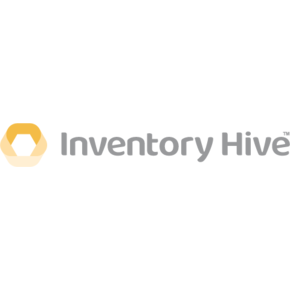
Why BTR Must be Hot on Fire Door Compliance in Inventories and Routine Inspections
Fire safety compliance has featured high on the agenda for property providers since Grenfell and the subsequent changes to the Fire Safety (England) Regulations 2022. Whilst the impetus may have come from older building stock, build-to-rent property providers must also mitigate fire risk for their tenants.
Fire door safety
One area in focus is fire doors, which play an essential part in the fire safety of multi-occupied residential buildings (HMOs).
In residential buildings over 11 metres, whoever is designated as the responsible person will need to carry out checks of flat entrance doors (annually) and fire doors in the common areas (quarterly).
They must also provide residents with current fire safety instructions, including details about the fire doors and why they’re so important. It’s not uncommon for residents to disengage the door closers for convenience reasons, for example, and education is key to explaining why this could pose risk to life in a fire.
How to check a fire door
Fire doors naturally become damaged through wear and tear, which is why it’s so important for them to be regularly checked in accordance with current guidelines.
- Make sure the door fully closes with a self-closing device. It should close smoothly within the frame without slamming. Ensure the door-closer is correctly fitted. When closed, you should not be able to see light between the door and the floor.
- Check the door frame for any damage. It must be firmly attached to the wall at the hinges of which there must be a minimum of three. Check the screws too. All the ironmongery must be fire resistant.
- Check the door glazing if the doors feature windows. This must be fire-resistant and free of damage.
- Check the seals around the door. They must sit continuously within the groove of the door frame and be free of damage.
- Make sure there are no wedges or items used to keep the door open.
An inventory report platform like Inventory Hive can prompt you on each critical check at your property visit to ensure you don’t miss any important details. These are a few of the questions it will ask you as you conduct your checks:
- Does the tenant(s) front door show a fire door certification label/plug present on the side/top edge?
- Where present, are letterboxes intumescent and firmly closed with a self-closing mechanism?
- Is the tenant(s) front door, frame and securing wall free of damage and defects?
- Where fire-resistant glazing is present as part of the door structure, are all glazing panels free of damage or defects?
- Are there any defects to, or missing elements of, screws, hinges or other ironmongery associated with the fire door?
- Are intumescent strips and smoke seals present and free from defects?
- Are there any gaps greater than 4mm between the fire door and their associated frames?
- Is the tenant(s) front door is fitted with a functioning self-closing device?
You can download a free sample of the BTR Inventory Report here: Inventory Hive Build-to-Rent
How to prove compliance
If you don’t comply with the current fire regulations, the responsible person can face a prohibition notice, fine or imprisonment. It is therefore essential you carry out the necessary checks and demonstrate you have done so.
Interim property visits and inventory reports must include the details and dates of the checks. This serves two purposes. The reports can serve as a useful prompt for all the checks (including fire doors and the other legal requirements like alarms, electrical checks, materials, evacuation maps, etc.) and can provide evidence showing you have done what is required.
A digital inventory reporting tool can go several steps further to help you demonstrate that the fire safety requirements and emergency procedures have been regularly and effectively communicated with the tenants too.
The importance of reminders
It can be tempting to send residents all the fire safety information at check-in, leaving it with them to remember and refer to over time. When it comes to keeping your tenants safe, it is better to send reminders at regular intervals during the tenancy to keep it top of mind – rather than filed away in a drawer never to be looked at again.
The advantage of sending reminder communications to your residents is that it will also prompt them to let you know of any damage to fire doors, exits, alarms and walkways.
It isn’t always easy to remember the many communications, reminders and compliance requirements in lettings and build-to-rent, which is why many property managers are turning to proptech to help.
The Inventory Hive app is used by letting agents, landlords and BTR operators around thre country for that very reason. It helps BTR providers to remember all the critical milestones and legal requirements, and automatically communicates with residents at the necessary times during a tenancy.
This helps to keep the provider legally compliant and the residents safe. Learn more at Inventory Hive.